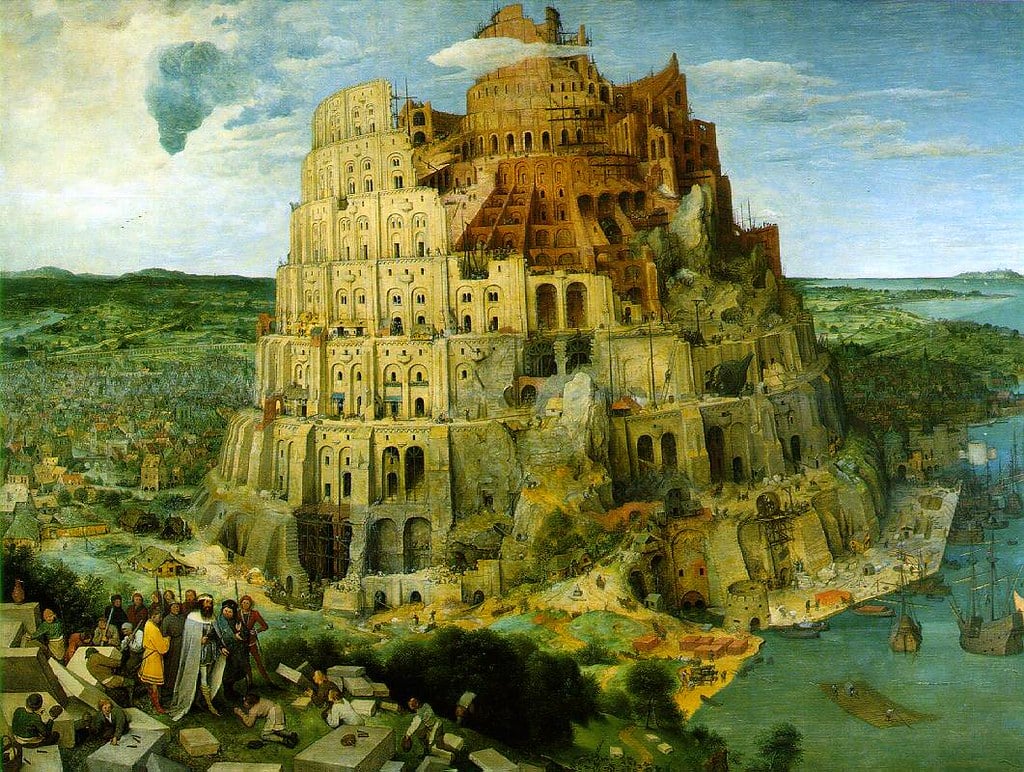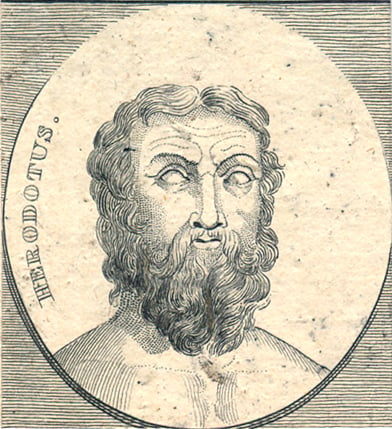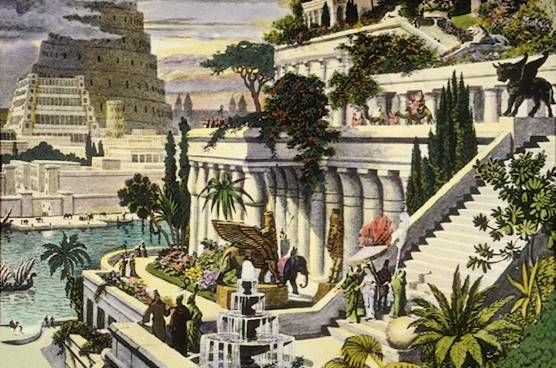
The Tower of Babel, written about by the ancient Greek historian Herodotus, was said to “reach up to the sky.” It was a huge building which stood as a symbol of the power possessed by the ancient city of Babylon. Thought to be at least one hundred meters tall, it is even mentioned in the Bible, but the grand structure no longer towers over Babylon (now modern-day Iraq). One might rightfully wonder what ever happened to it.
The Tower of Babel, which stood at the heart of the bustling metropolis of Babylon, is shrouded in mystery with many researchers and scholars having speculated at its design, appearance, height, and architectural make-up. However, they have only really been able to agree on one thing: the tower was said to reach up to the sky. Herodotus, the ancient Greek historian known as the father of history, described this great structure as a wonder of the world.

The narrative of the Tower of Babel appears in Genesis 11:1-9 as an origin myth and parable, meant to explain why the world’s people speak different languages. According to the story, a united human race with a single language migrated eastward, eventually appearing in the land of Shinar. When the land was reached, the group built a city and tower with its top stretching all the way to the sky. Having observed the city and tower, Yahweh confounded their speech so that they were no longer capable of understanding each other. He then sent everyone to different ends of the world.
The Tower of Babel also appears in a text called the the Greek Apocalypse of Baruch, written some time between the fall of Jerusalem and the founding of the Roman Empire around 70 AD to the 3rd century AD.
This text, one of the pseudepigrapha, described the rewards of sinners and the righteous in the afterlife. According to the this, among the sinners were those who first conceived of the Tower of Babel. In the account, Baruch is first led—in a dream—to see the resting place of the souls of “those who built the tower of strife against God, and the Lord banished them.”
He is then shown another place, where, occupying the form of dogs, “Those who gave counsel to build the tower, for they whom thou seest drove forth multitudes of both men and women, to make bricks; among whom, a woman making bricks was not allowed to be released in the hour of child-birth, but brought forth while she was making bricks, and carried her child in her apron, and continued to make bricks.”
As written in the Greek Apocalypse of Baruch:
…the Lord appeared to them and confused their speech, when they had built the tower to the height of four hundred and sixty-three cubits. And they took a gimlet, and sought to pierce the heavens, saying, Let us see (whether) the heaven is made of clay, or of brass, or of iron. When God saw this He did not permit them, but smote them with blindness and confusion of speech, and rendered them as thou seest.
Some scholars have linked the Tower of Babel with known structures, particularly Etemenaki, a ziggurat dedicated to the Mesopotamian god Marduk, in Babylon.
The legacy of Babylon’s Tower of Babel
Over the years, the Tower of Babel has appeared in many works of art and other forms, including novels, video games, and TV shows. Argentinian novelist Jorge Luis Borges wrote a book titled The Library of Babel, and A.S. Byatt’s novel Babel Tower explores the question of whether language can be shared. The tower even appears in the video game Prince of Persia: The Two Thrones.
But with all the myth, folktale, and mystery surrounding the Tower of Babel, it is important to know what actually happened to it and why it is no longer a standing monument in the Middle East.

Babylon, like many other ancient cities, eventually fell into ruin, and its citizens plundered the Tower of Babel, using its bricks to build their own homes. Some time after this (still quite some time ago), Babylon and its monumental tower sank into the sands of the Iraqi desert and “disappeared,” so to say.
Archaeologists have been working since 1811 to excavate the capital of the ancient world, but it was aerial photography that provided the first real clues as to the location of the tower. The photographs show the tower’s square-shaped outline in the center of the city. Today, nothing but a waterhole remains.
See all the latest news from Greece and the world at Greekreporter.com. Contact our newsroom to report an update or send your story, photos and videos. Follow GR on Google News and subscribe here to our daily email!



